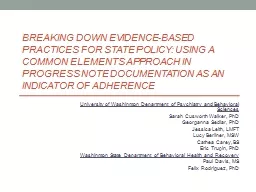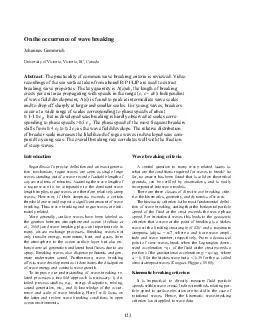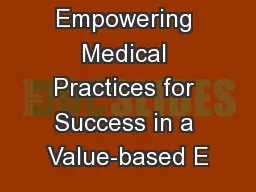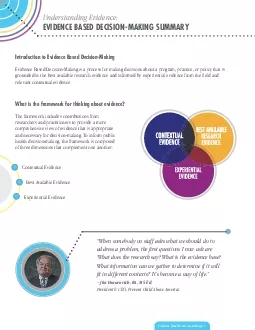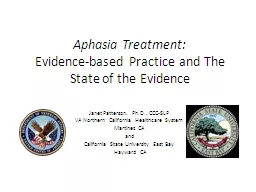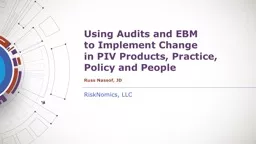PPT-Breaking Down Evidence-Based Practices for State Policy: Using a Common Elements Approach
Author : lindy-dunigan | Published Date : 2018-09-23
Adherence University of Washington Department of Psychiatry and Behavioral Sciences Sarah Cusworth Walker PhD Georganna Sedlar PhD Jessica Leith LMFT Lucy Berliner
Presentation Embed Code
Download Presentation
Download Presentation The PPT/PDF document "Breaking Down Evidence-Based Practices f..." is the property of its rightful owner. Permission is granted to download and print the materials on this website for personal, non-commercial use only, and to display it on your personal computer provided you do not modify the materials and that you retain all copyright notices contained in the materials. By downloading content from our website, you accept the terms of this agreement.
Breaking Down Evidence-Based Practices for State Policy: Using a Common Elements Approach: Transcript
Download Rules Of Document
"Breaking Down Evidence-Based Practices for State Policy: Using a Common Elements Approach"The content belongs to its owner. You may download and print it for personal use, without modification, and keep all copyright notices. By downloading, you agree to these terms.
Related Documents

